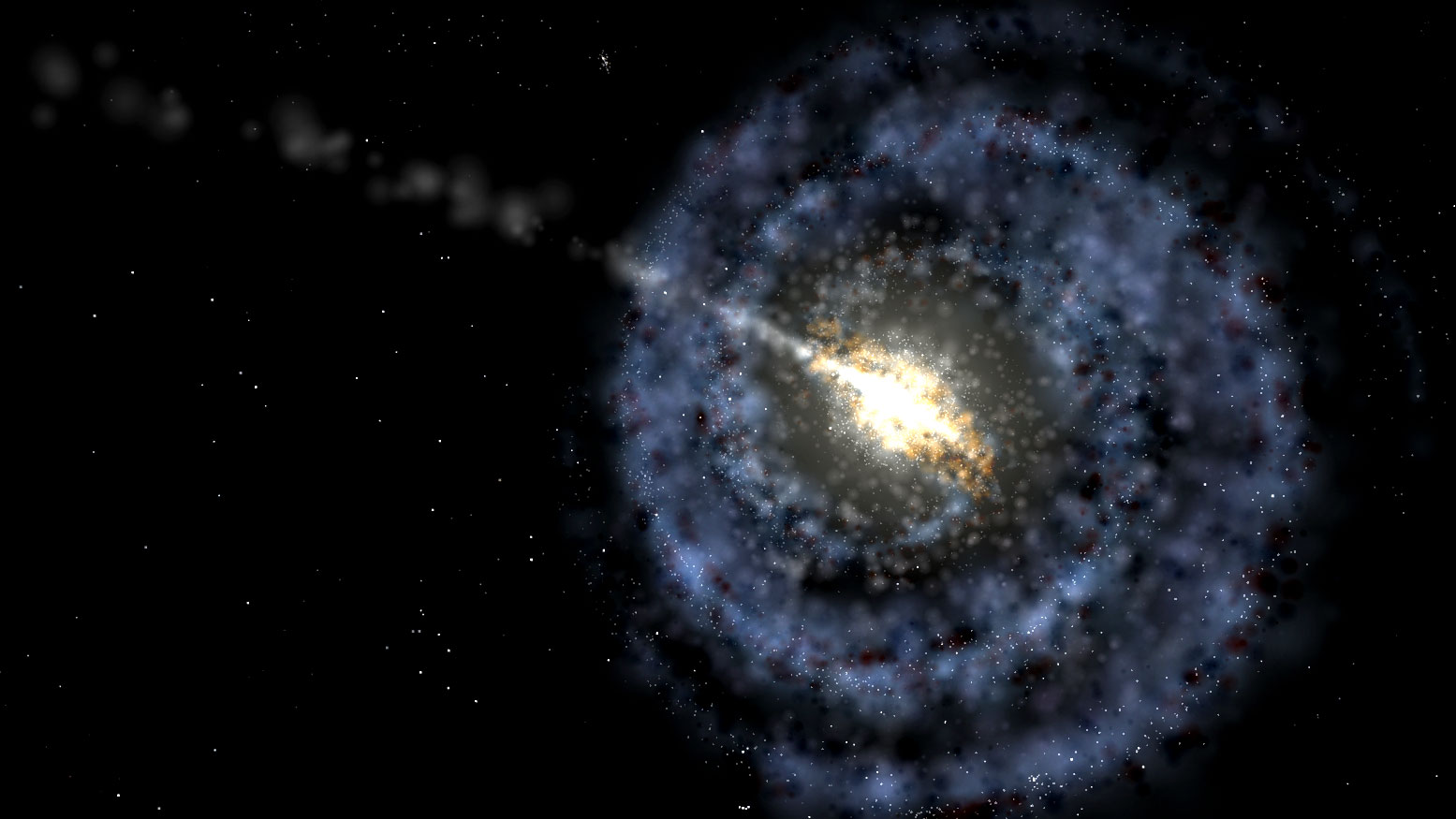

That should be enough to stoke interest in astronomy and make the effort feel incredibly worthwhile.
You won’t get amazing close-up views of Jupiter or Saturn, but you’ll still get a good look at the planets and brighter celestial objects. If you shop carefully, do your research and are realistic in your aspirations, you can pick up a starter telescope for around £100. The design is easy and cheap to manufacture, even with a larger aperture mirror, so Dobsonian reflectors tend to give you a lot of telescope for your money.ĭo I need to spend a lot on a good telescope? Finally, Dobsonian reflectors use the standard Newtonian design, but in a larger form with a heavy rotating mount at the base.Schmidt-Cassegrain, or Maksutov-Cassegrain, reflectors place a thin lens over the front of the telescope to combine the advantages of a reflector and a refractor.Cassegrain reflectors add a curved secondary mirror to the classic design, which means they’re more compact.Are there any other types I should know about?

While reflectors are generally better for viewing deep-sky objects (galaxies, nebulae and the rest), they may not offer such clear, bright views of nearer objects and planets. Reflectors don’t have this problem, but the mirrors may need to be manually adjusted, and unless you have a special eyepiece, the view will be upside down. However, they’re more likely to suffer from chromatic aberration, where bright objects – such as a star – appear surrounded by a halo of different colours. What are the key differences between the two?īoth types have their strengths: refractors are sealed, which means dirt can’t get in and you can get a sharper image, particularly of bright, near-sky objects such as the moon or planets. A refractor uses one or more lenses to do the same job. A reflector telescope uses a large parabolic mirror to harvest and reflect the incoming light to another mirror, which in turn reflects that light into the eyepiece. Telescopes come in two basic types: reflectors and refractors.
STARRY NIGHT PRO PLUS 6 ADD LENS EQUIPMENT LIST HOW TO
How to choose the best telescope for you What types of telescope are there?

Best telescope + app combo: Celestron StarSense Explorer LT 114AZ | Buy now.Best budget telescope: Orion StarBlast II 4.5 | Buy now.Best travel telescope: Celestron Travelscope 70 Telescope Kit | Buy now.Best telescope for beginners: Orion 10012 SkyScanner | Buy now.READ NEXT: Best binoculars Best telescope: At a glance There are still plenty of low-quality telescopes out there, though, particularly at the cheap end, so it’s worth reading up to make sure that you make the right choice. What’s more, computerised mounts and smartphone apps are making amateur astronomy more accessible. You don’t have to have a massive budget to buy a decent entry-level telescope, and higher-end telescopes with better mounts and optics are also getting more affordable. Sure, what you’ll see won’t resemble the pictures coming back from the Hubble Space Telescope, but there’s still something magical about seeing these things live with your own eyes. The best telescopes open up the night sky in a way that even a good set of binoculars simply cannot match. With a telescope and a dark clear sky, you can get amazing views of the moon and planets, hop from star to star and see some fascinating deep-sky objects, including star clusters, nebulae and galaxies.


 0 kommentar(er)
0 kommentar(er)
